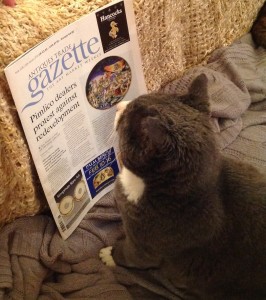Miniatures, watercolours and silhouettes
Portrait miniatures, silhouettes, portraits & an omnium-gatherum of historical interest & character.
Enquiries and orders
About
After a successful career in publishing, Cynthia Cunningham decided in 2000 that the time was right to turn her long-time interest in art and antiques into a business and so ‘Wigs on the Green’ was born. From the very beginning, Cynthia specialised in silhouettes and small portraits, though she has always retained an interest in curios, naïve art and ephemera ranging from Georgian valentines to wig powderers and patch boxes.
One of the most obvious and also the most appealing truths about portraits is that the people depicted have not been imagined by the artist as an author might create a character. They all lived in the same world we do, despite the unfamiliarity of their dress or hairstyle, and they are all somebody’s ancestor. The stooped old gentleman with a cane actually did stand in that pose whilst the artist took his likeness. That somewhat cross-eyed young lady with thin shoulders really did sit in the artist’s studio whilst he no doubt tried to minimise the negative and accentuate the positive.
The often vivid conjuration of characters from the past was one of the things that attracted Cynthia to silhouettes and miniature portraits — first as a collector, and then as a dealer. That, and an appreciation of the very real skills an artist needs to make a true likeness.
Wigs on the Green places less emphasis on the style of portraits to be found hanging in museums and art galleries — imposing depictions of the great and the good — but more on ordinary people. Their portraits were often painted to mark a special event such as betrothal or marriage. Not everyone though could afford to have their portrait painted by a professional artist; itinerant artists were more accessible — even house-painters would sometimes turn their hand to painting portraits, often with curious results — and silhouettes, often referred to as ‘the poor man’s miniature’ could be taken within a few minutes and cost only a couple of shillings.
All too often portraits come without any provenance or inscription so the sitter will forever more be unknown to us and their individual stories remain untold. But when a portrait comes with an inscription, even if it is faded and difficult to read, that can be the beginning of a story. Wigs on the Green aspires to bring these stories back into the light by presenting an interesting, well-researched and affordable gallery of portraiture.
In addition to our online presence, Wigs on the Green exhibits at quality antique and fine art fairs and at these events one of the most frequently asked questions concerns the significance of the name, ‘Wigs on the Green’. The phrase is Irish in origin (reflecting Cynthia’s own background) and harkens back to a time when duels on St Stephens Green were regular occurrences. Before the engagement, gentlemen would remove their wigs (and often their shirts) and put them on the grass. The phrase is used to denote that there is trouble brewing, as in ‘There’ll be wigs on the green!’
